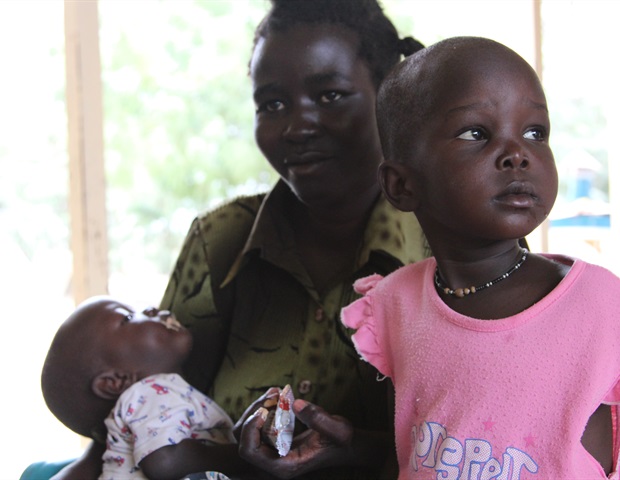The findings of a new Swedish study posted to the Preprints with The Lancet* server found that two COVID-19 vaccine doses provided effective long-term protection against infection before Omicron, but less protection against Omicron infection (dropping to 43% by week four and no protection by week 14). Furthermore, two COVID-19 vaccine doses provided substantial long-term protection against severe disease, according to follow-ups until 13 months after vaccination. The vaccine’s effectiveness against hospitalization was high and stable prior to Omicron, but it also declined after Omicron.
Study: Effectiveness of COVID-19 Vaccines Over 13 Months Covering the Period of the Emergence of the Omicron Variant in the Swedish Population. Image Credit: Orpheus FX / Shutterstock
Background
The ongoing COVID-19 pandemic, caused by severe acute respiratory syndrome coronavirus 2 (SARS-CoV-2), affected millions of individuals globally and warranted rapid vaccine development and deployment after its outbreak. Hence, adequate clinical trials could not be conducted to determine the vaccine effectiveness (VE) against the rapidly evolving variants of SARS-CoV-2 and the newly developed and approved vaccines.
The study
This study aimed to estimate the time-dependent vaccine effectiveness (VE) against coronavirus disease 2019 (COVID-19), the rate of hospitalization, admission to the intensive care units (ICUs), and fatality over 13 months after two doses of COVID-19 vaccination.
The study compared the time-dependent pattern of VE pre- and post-emergence of the Omicron variant of SARS-CoV-2. In addition, differences in the VE were noted based on gender, age, and vaccine type.
The study was conducted between December 2020 and January 2022 in Sweden among populations eligible for COVID-19 vaccination. In this country, vaccination of the elderly started on 27 December 2020; the younger population was vaccinated in 2021 and 2022, during which the campaign reached a larger part of the population. The cohort comprised individuals above 12 years of age. The Swedish register data were used for estimating COVID-19 VE with lapsing time and before and after the Omicron emergence – in reducing the risk for SARS-CoV-2 infection and severe disease outcomes.
Results
In the cohort of 9,153,456 individuals, 85% were vaccinated with a single dose of a COVID-19 vaccine, 82% with two doses of vaccine, 45% with at least three doses of vaccine, and 15% were unvaccinated. The most vaccinated individuals (86%) were 65 or older. Most people received either mRNA-1273 (Moderna) or BNT162b2 BioNTech, Pfizer ) vaccine. A small percentage (8%) of the study population were vaccinated twice with the AZD1222 (Oxford, AstraZeneca) vaccine.
On average, the time gap between the first two doses was seven weeks (ten weeks for AZD1222), and between the second and third doses was 28 weeks (25 weeks for AZD1222).
During the study period, 22% of the study population were infected with SARS-CoV-2 for the first time. There were 0.9% hospitalizations, while 0.1% required ICU admission. The fatality rate was 0.2%. The VE post second dose peaked after the third week, rapidly dropping between weeks 14-17. However, the VE seemed negligible from week 18.
VE among hospitalized individuals peaked at 90% in the fifth and sixth week while maintaining up to 82% from week one to 25. Meanwhile, VE after the second dose was higher and lasted longer.
After the first dose, the acquired immunity against COVID-19 was comparatively lower, the peak VE against COVID-19 infection was less than 50%, and the vaccine became ineffective from week 30. A transient decline in VE was documented after the first vaccination at week two, relative to week one, which peaked in the following weeks. However, the VE remained below 80%.
The Omicron variant of SARS-CoV-2 caused the speediest fall in VE. This led to a major disparity between the pre-and post-Omicron VEs. The VE mostly remained above 85% before Omicron emergence; however, it rapidly decreased after an Omicron infection episode and remained low. Vaccinated individuals who received two doses of COVID-19 failed to remain protected against Omicron within 14 weeks after the second dose.
Similar disparities were recorded among the hospitalized groups, although the differences were minor compared to those among individuals who sustained Omicron infection. Pre-Omicron period VE against hospitalization was durable and stable – above 85%. The post-Omicron infection VE sustained at 80% until the 25th week and decreased with time. Yet, limited protection against hospitalization persisted throughout the study period.
Age differences did not have much of an effect on the overall VE pattern. Of note, the VE against infection was relatively higher in individuals above 60. In addition, females expressed greater VE than males.
Furthermore, mRNA vaccines had higher VE against infection compared to AZD1222. While VE against hospitalization was comparable with all the three vaccines––all of which had a higher initial VE––which decreased rapidly for AZD1222.
Conclusion
The gradual waning of COVID-19 VE with time warrants widespread acceptance of booster doses of the vaccines. Therefore, effective measures to encourage people for booster doses should be undertaken for enhanced population level protection against COVID-19.
*Important notice
Preprints with The Lancet publishes preliminary scientific reports that are not peer-reviewed and, therefore, should not be regarded as conclusive, guide clinical practice/health-related behavior, or treated as established information.





_6e98296023b34dfabc133638c1ef5d32-620x480.jpg)

